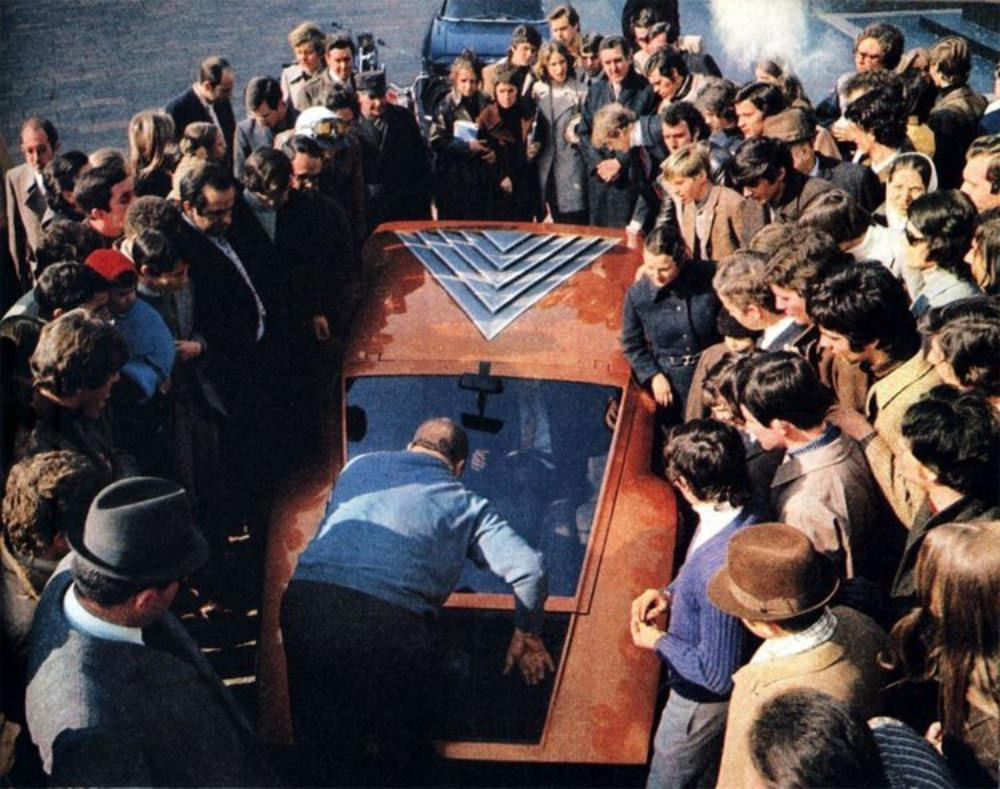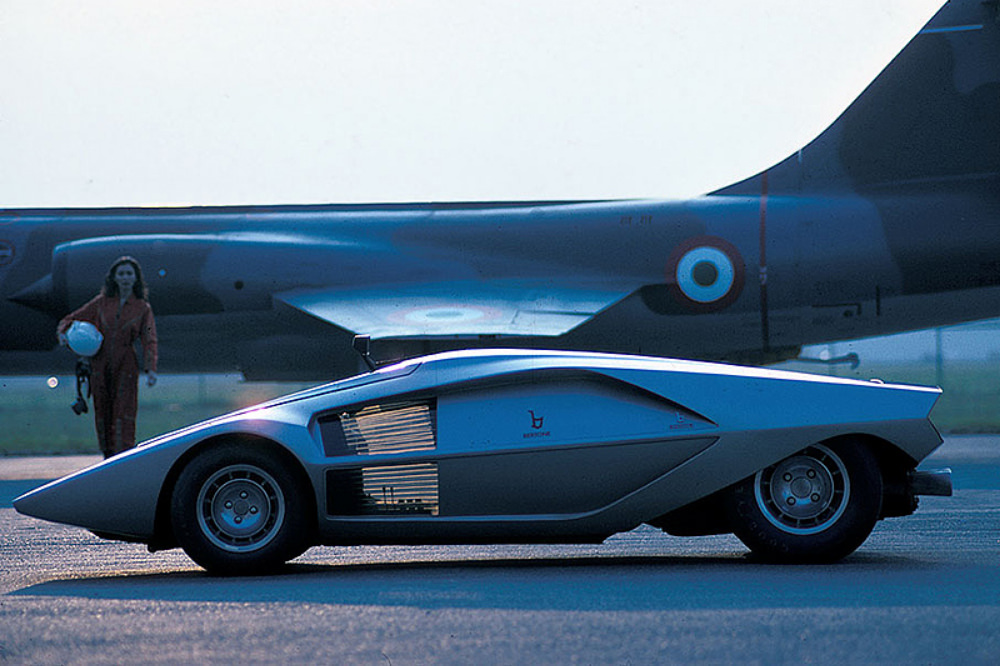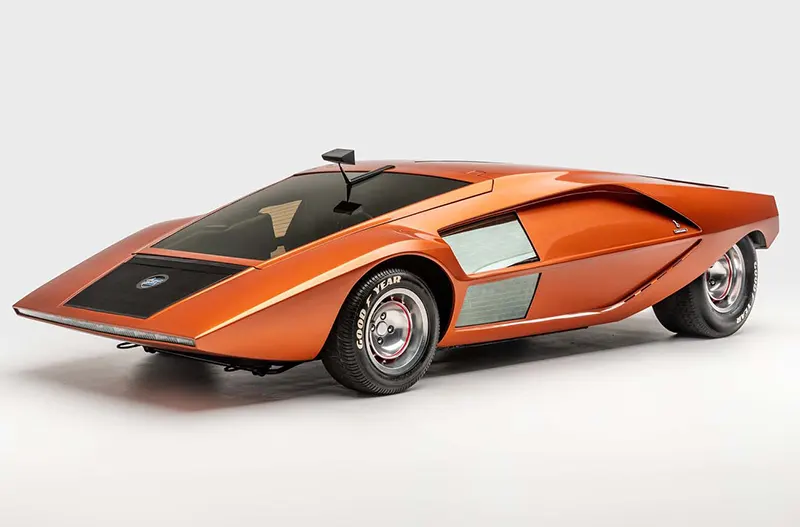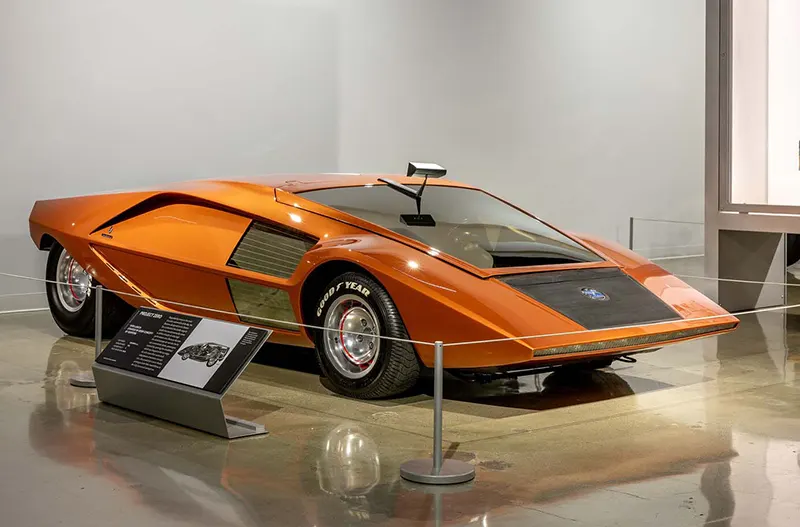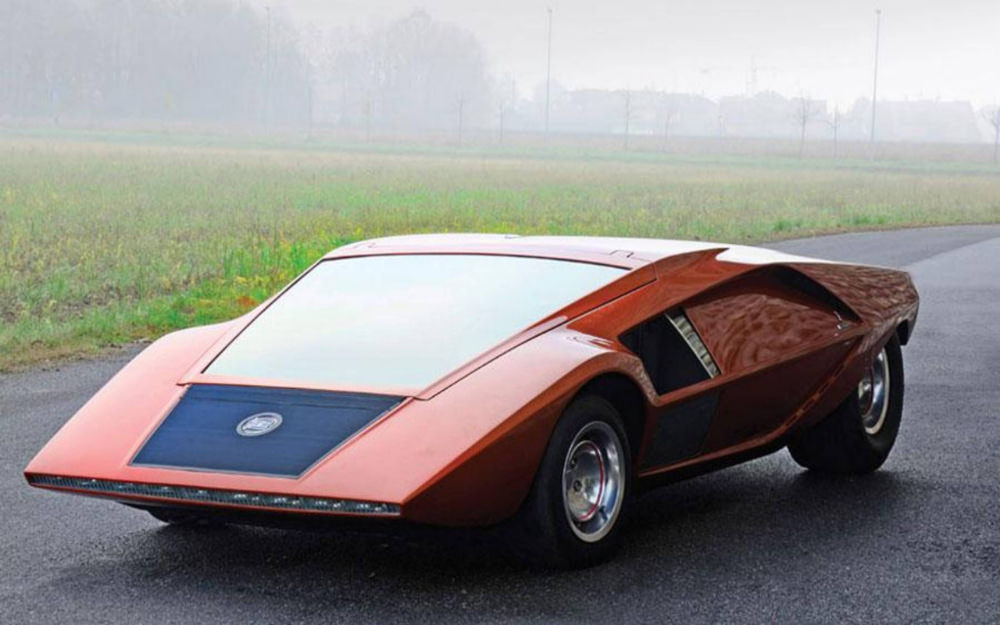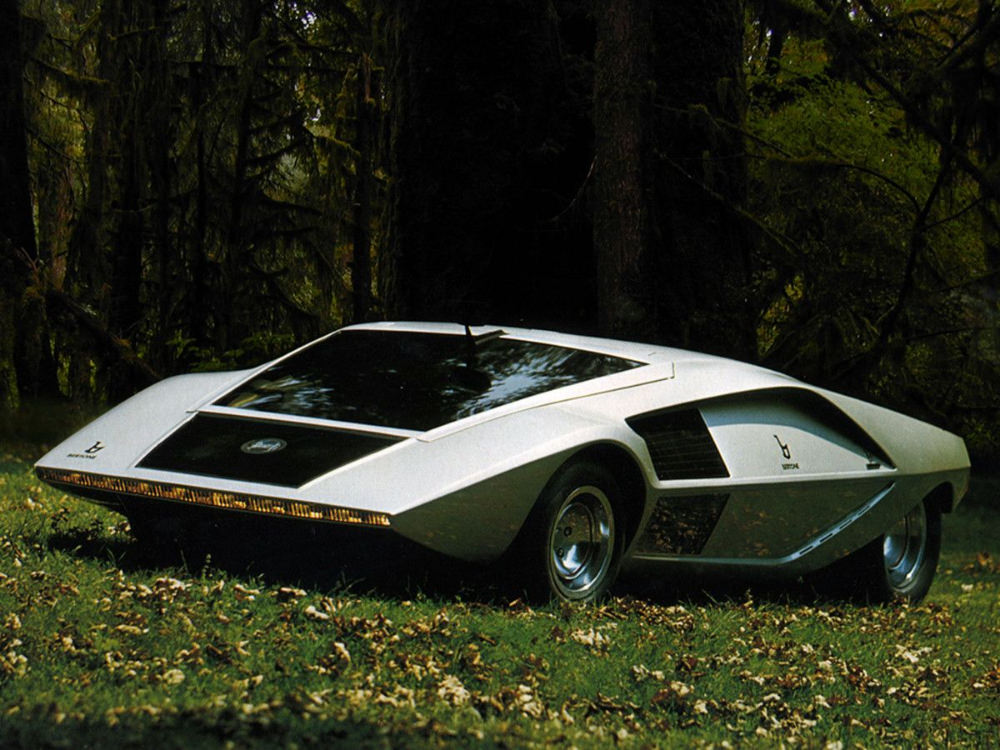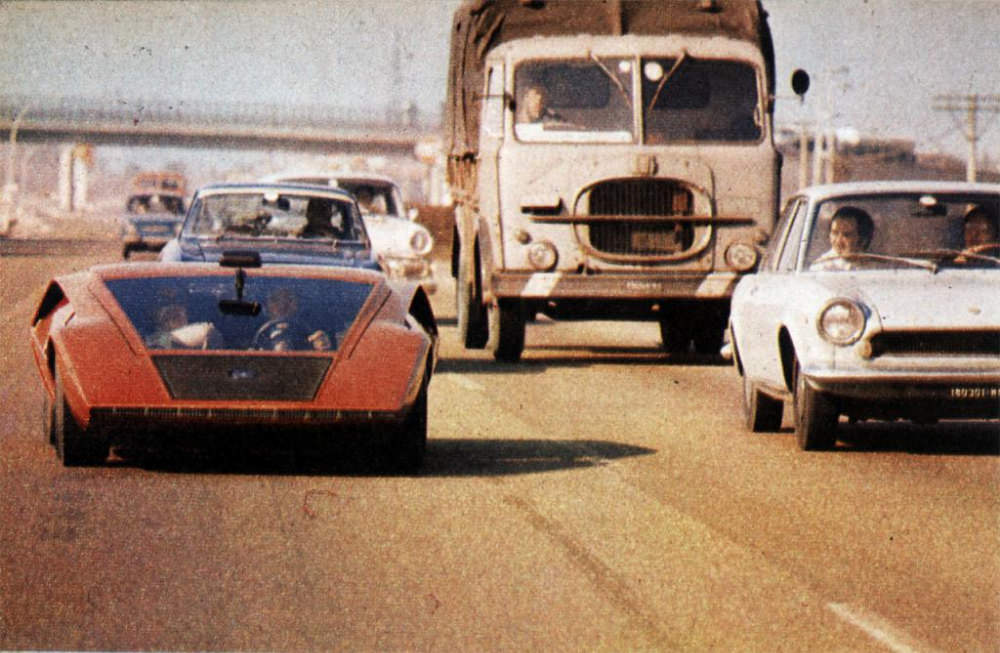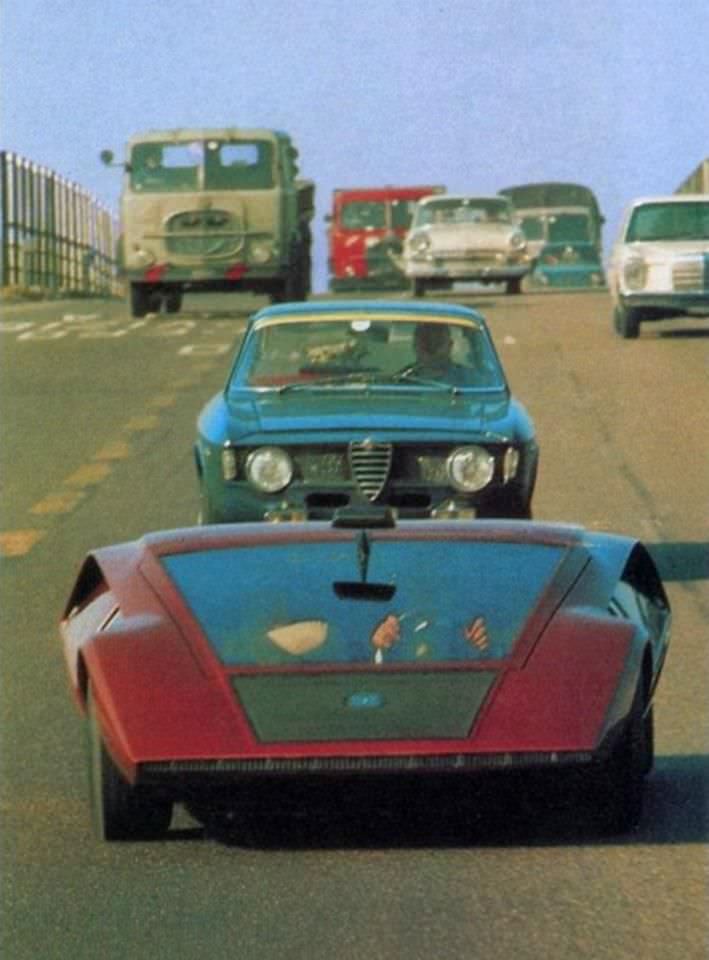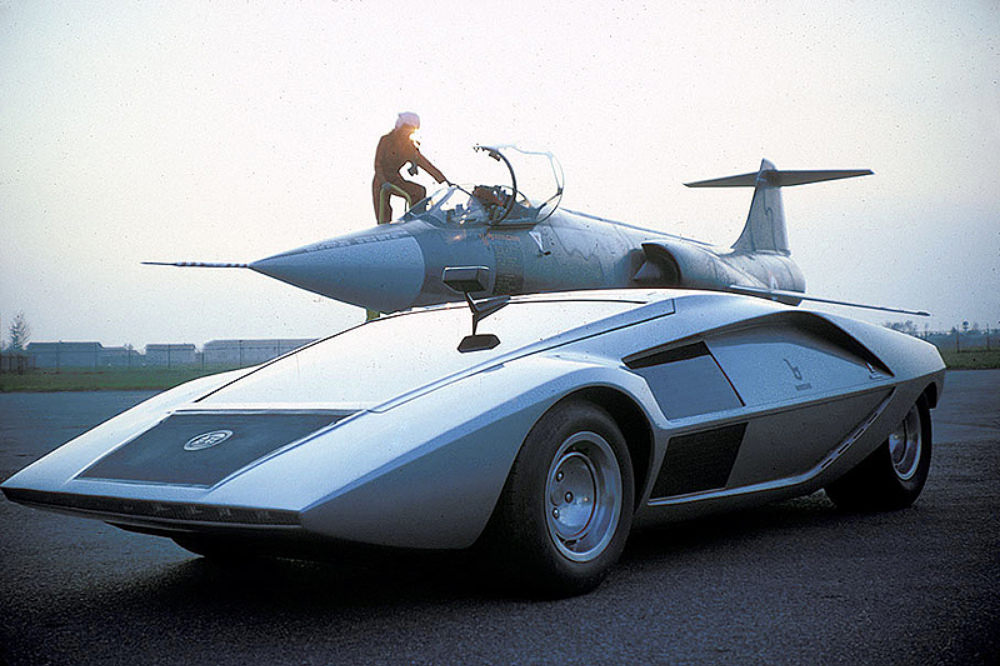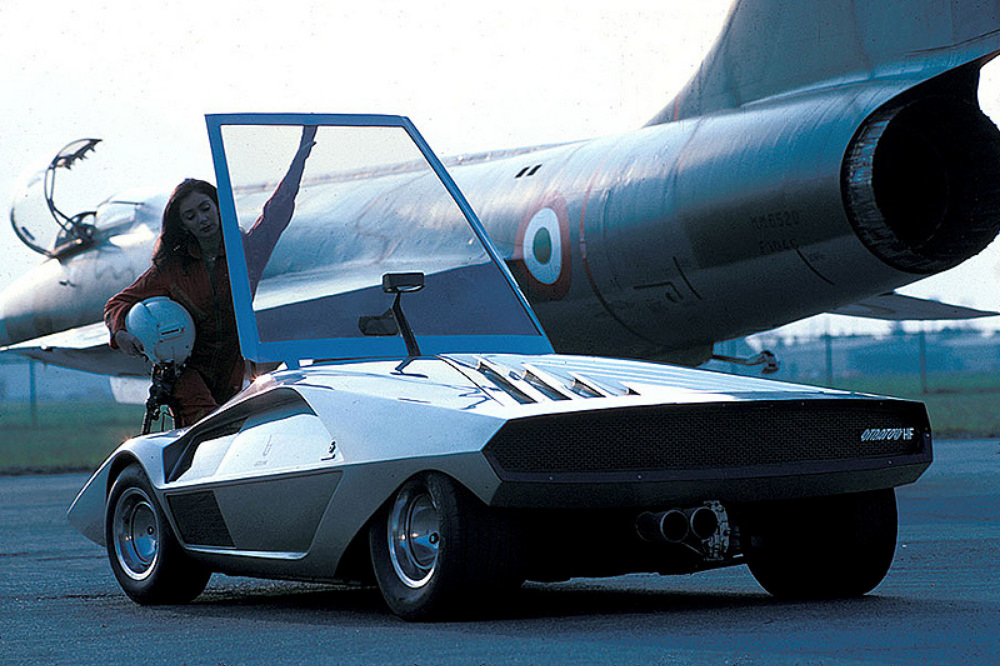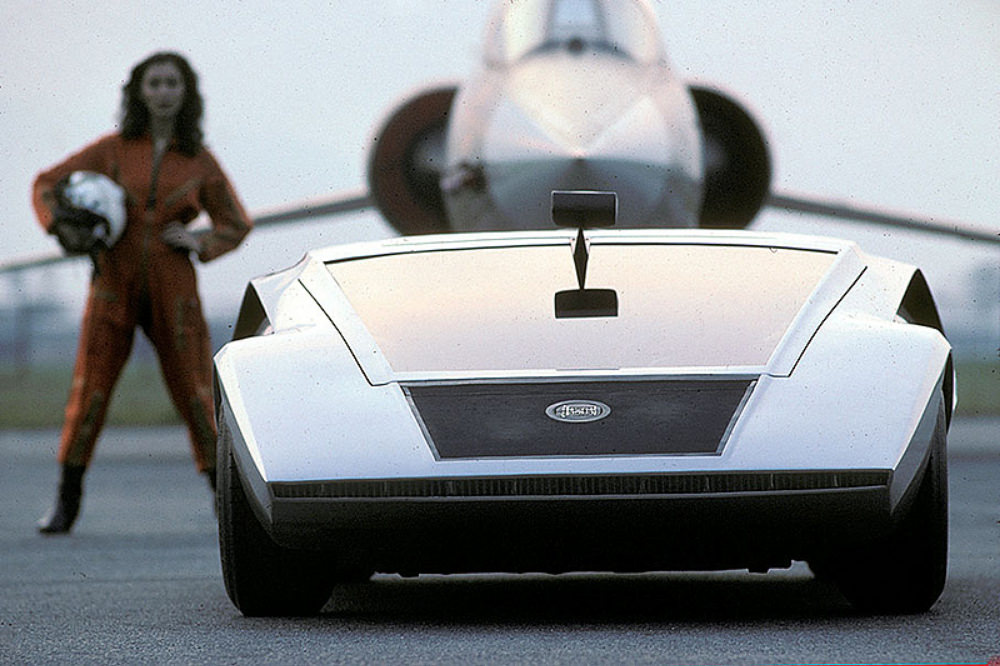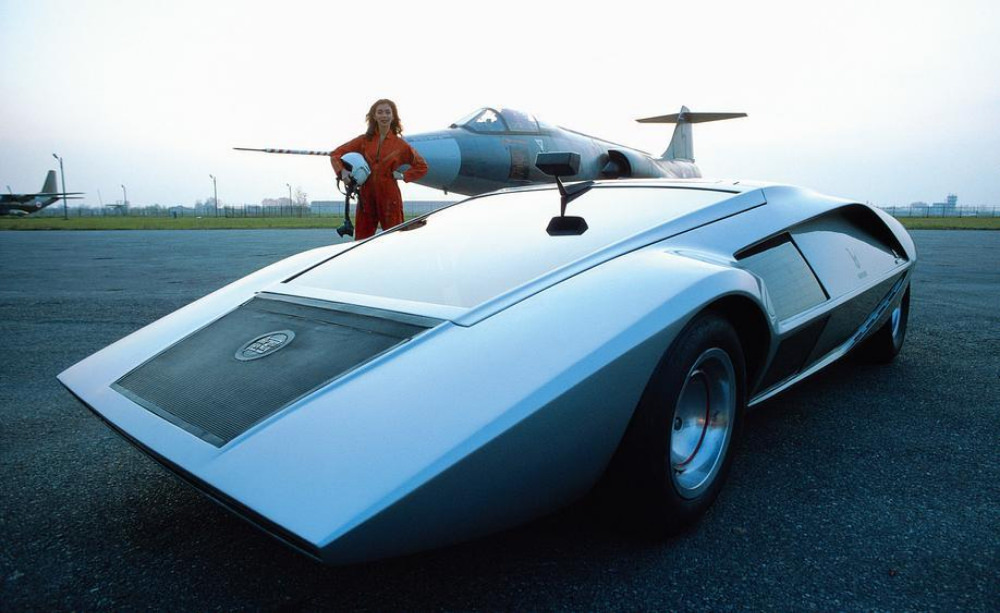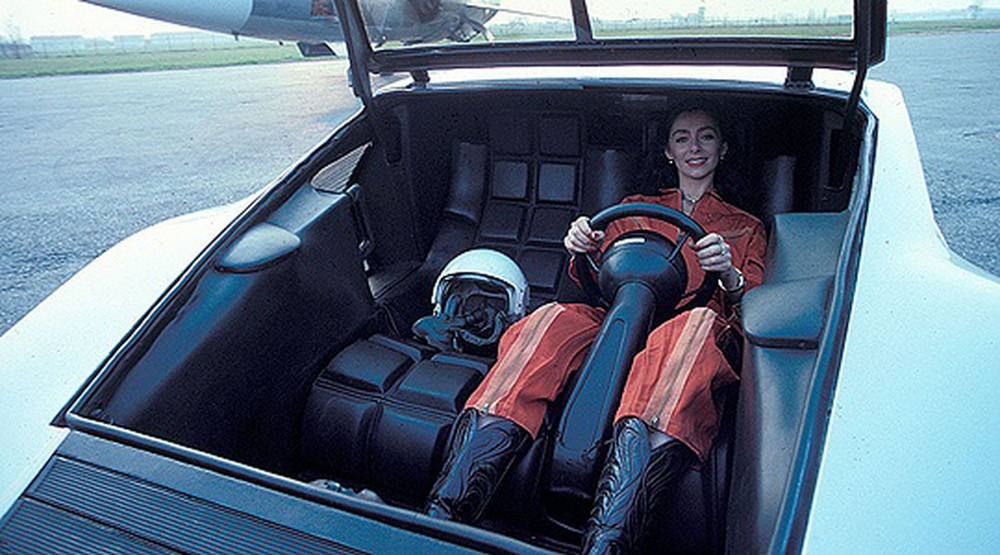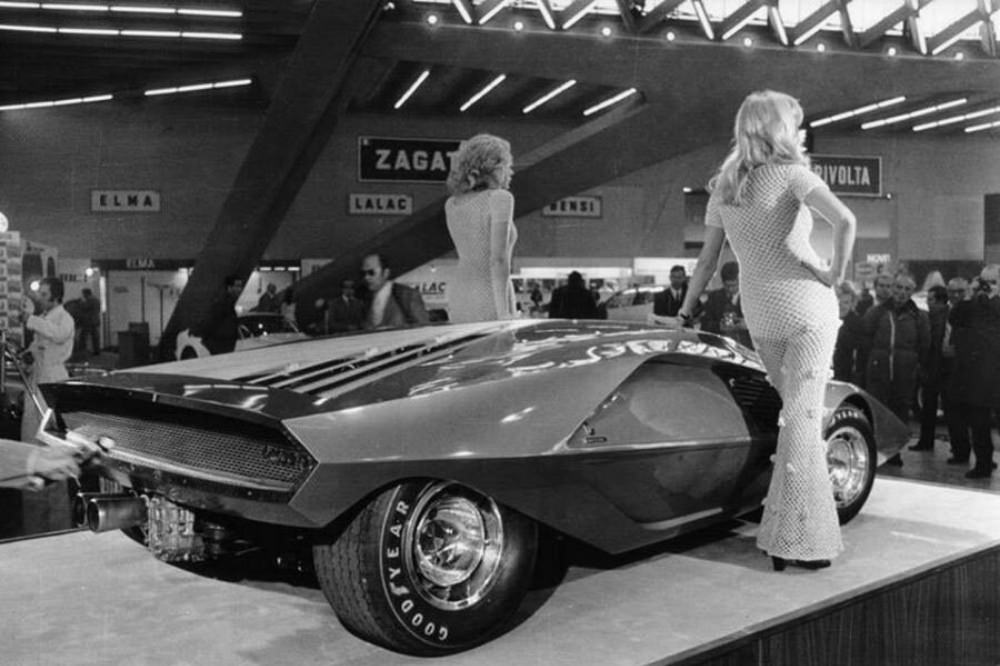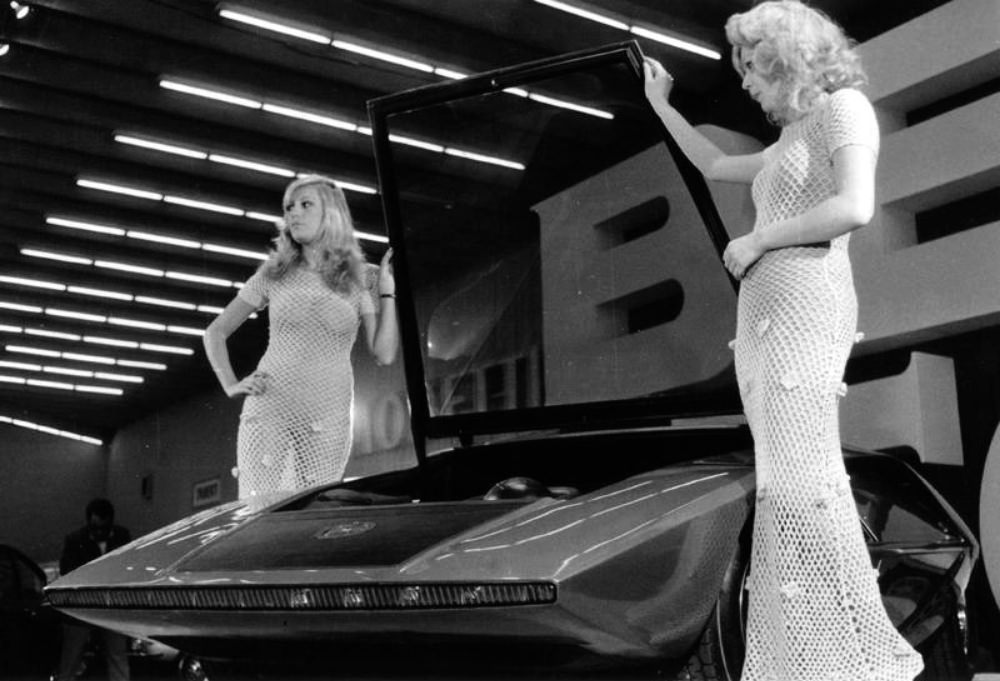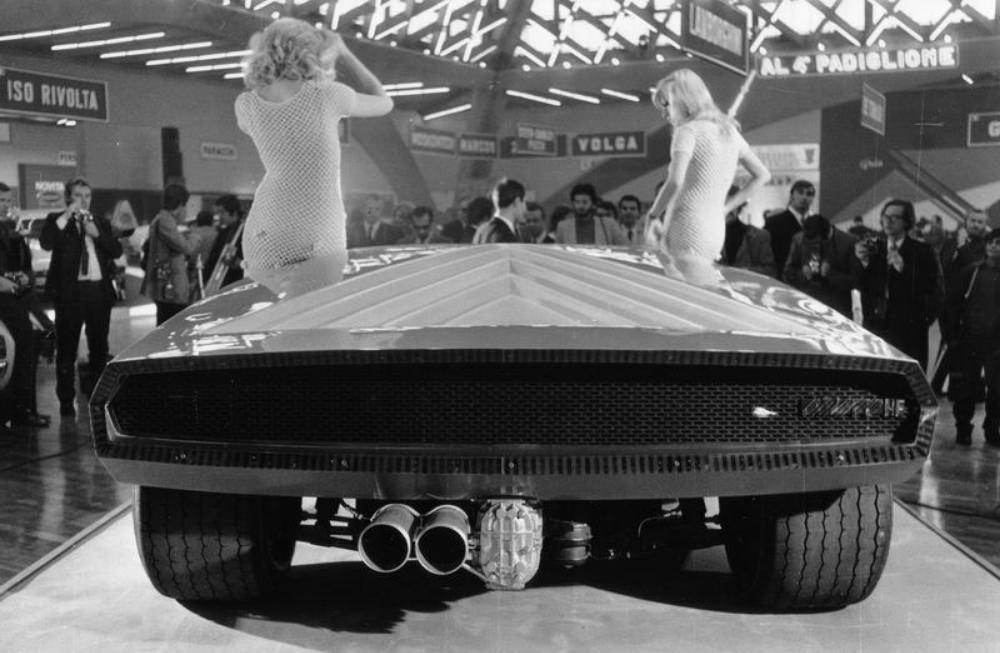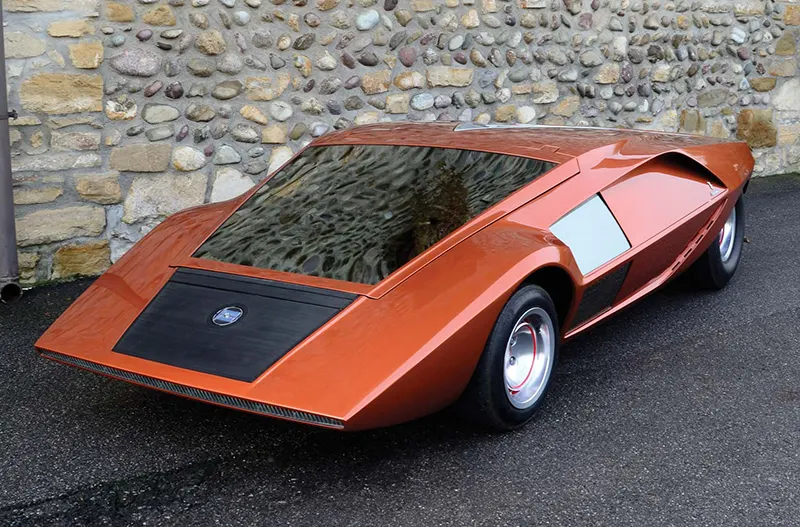The 1970 Lancia Stratos Zero stands as a remarkable example of automotive design and engineering, transcending the boundaries of conventional car design. It is a vehicle that not only showcases futuristic aesthetics but also embodies advanced engineering of its time.
Marcello Gandini, the mastermind behind the Lancia Stratos Zero, was working for the Italian design house Bertone when he conceptualized this model. Gandini was known for his avant-garde approach to car design, and the Stratos Zero was a testament to his creative genius. The car’s design was so radical that it appeared more like a futuristic vision than a practical vehicle for the roads of the 1970s.
One of the most distinctive features of the Lancia Stratos Zero was its incredibly low profile, with a height barely above the ground. This design was not just about aesthetics; it also aimed to reduce air resistance, enhancing the car’s aerodynamic efficiency. The wedge shape, which was a signature style of Gandini, gave the car an almost science-fiction-like appearance, further distinguishing it from any other car of its time.
Underneath the sleek and unconventional exterior of the Stratos Zero lay a powerful engine. This engine was not just for show; it was a statement of the car’s capabilities. The combination of striking design and powerful mechanics was a clear indicator that the Stratos Zero was built with performance in mind, not just as a design experiment.


